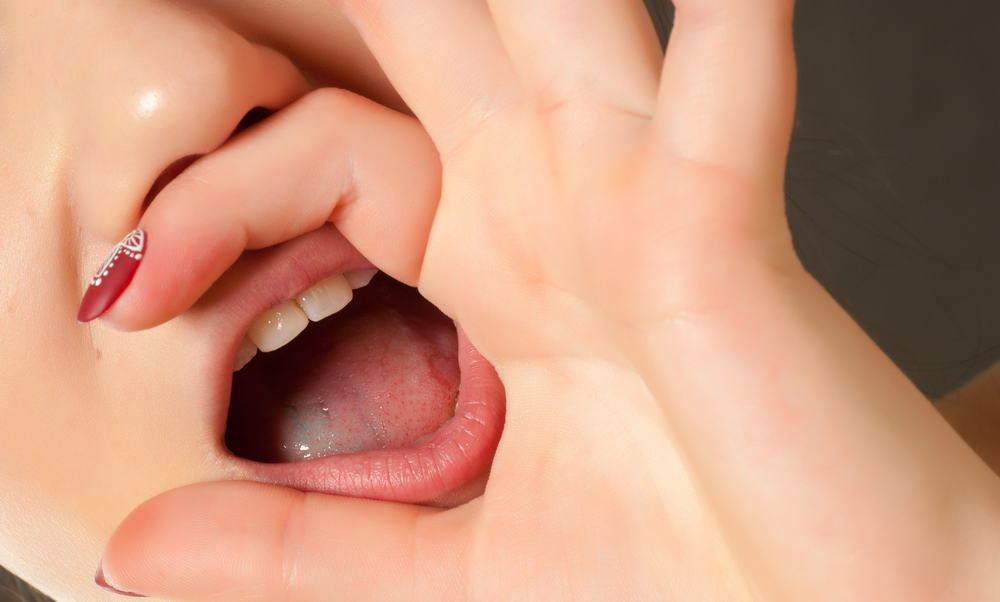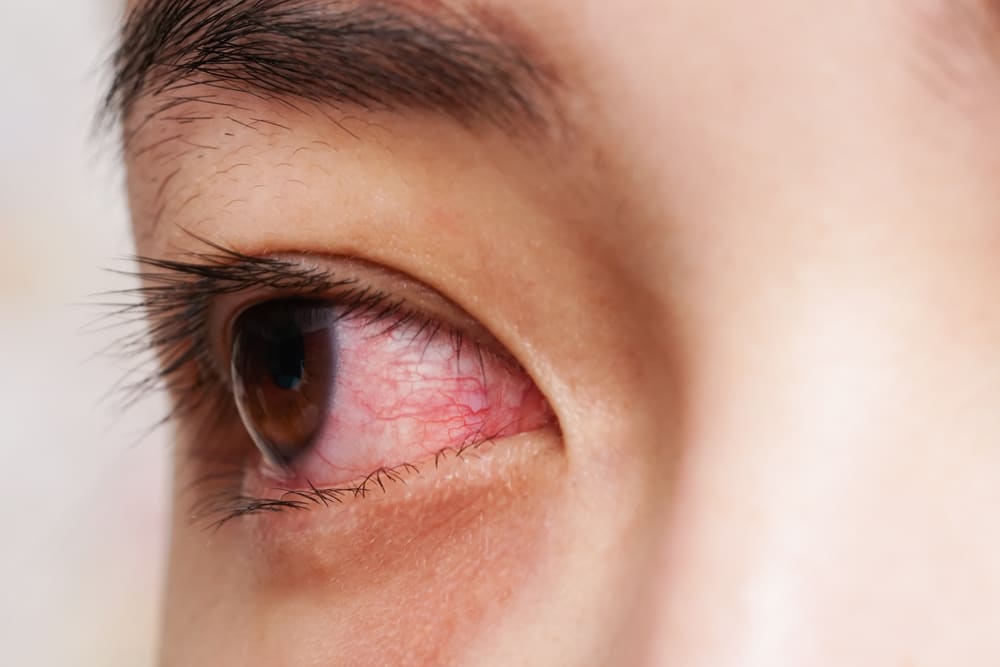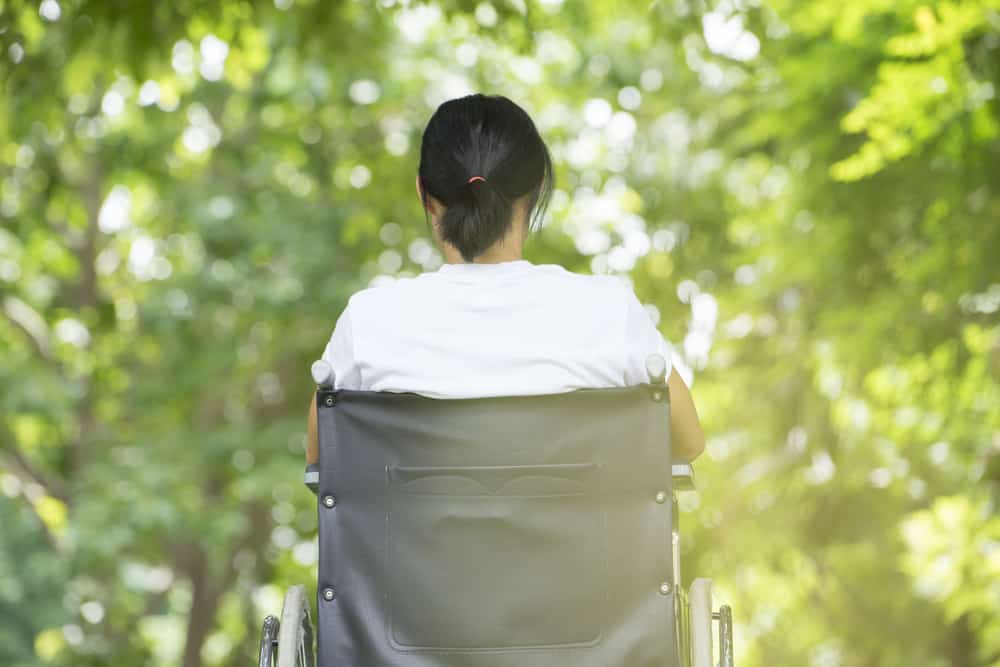Contents:
- Medical Video: What is HYPOVENTILATION? What does HYPOVENTILATION mean? HYPOVENTILATION meaning & explanation
- What is hypoventilation?
- Type of hypoventilation disorder based on the cause
- This can happen if someone experiences hypoventilation
- Prevention and prevention
Medical Video: What is HYPOVENTILATION? What does HYPOVENTILATION mean? HYPOVENTILATION meaning & explanation
Breathing is a process or activity that is vital for survival because oxygen is needed by every cell of the body. That is why, when lack of oxygen, metabolic processes and various physiological processes of the organ can be disrupted. As a result, this can lead to slow damage to the cardiovascular organs, especially the heart. Lack of inhaled oxygen can occur if a person experiences hypoventilation disorders.
What is hypoventilation?
Hypoventilation is defined as a disorder when a person breathes too short or too slowly so that the fulfillment of oxygen needed by the body occurs very slowly. This disorder can occur together with diseases of the respiratory system that cause a person to get too little oxygen and also accompanied by conditions of hypercapnia or increased levels of carbon dioxide in the respiratory system.
Disorders of hypoventilation can be acute or chronic depending on what conditions or disorders cause it. Hypoventilation conditions can be experienced by anyone who has a risk factor. This disorder can occur in young and old individuals.
The most common age range for experiencing hypoventilation is around 20-50 years. Male individuals are more likely to experience hypoventilation because the disorder that causes hypoventilation is more common in men.
Type of hypoventilation disorder based on the cause
Specifically, there are five possible reasons for someone experiencing hypoventilation, including:
- Central alveolar hypoventilation - or central alveolar hypoventilation is a type of hypoventilation caused by central nervous system disorders, both due to disease, genetic factors, the influence of drugs on the central nerve, accident trauma, or the presence of neoplasms. This type of hypoventilation is characterized by the brain not giving signals to the respiratory muscles to breathe deeper and faster even though oxygen levels are insufficient.
- Hypoventilation syndrome obesity - the condition of excess weight or obesity is known as a factor causing hypoventilation because it can interfere with the central respiratory system that causes it hypercapnia and obstructive sleep disorders sleep apnea.
- Hypoventilation due to neuromuscular disorders - occurs because of a disruption of the nervous system's coordination with the muscles of the respiratory tract which causes the respiratory tract muscles to work abnormally and inhibits the process of oxygen exchange. This type of hypoventilation can be experienced by patients with neuromuscular disorders such as myasthenia gravis, amyotrophic lateral sclerosis, Guillain-Barré syndrome, and muscular dystrophy.
- Hypoventilation due to deformity around the chest - hypoventilation conditions caused by various disorders of deformity such as kyphoscoliosis (spinal deformity), fibrothorax (fibrous tissue abnormalities around the lungs) and side effects due to surgery.
- Chronic pulmonary obstruction (COPD) - Hypoventilation is a common disorder in patients with COPD, but this is also influenced by other factors in patients such as breathing ability, genetics, and condition of the respiratory tract muscles.
This can happen if someone experiences hypoventilation
Symptoms of hypoventilation can vary depending on the factors or diseases that affect it. In hypoventilation caused by central nervous disorders and obesity, symptoms of lack of oxygen can get worse when people fall asleep but tend to be normal when awake during the daytime. Some of the typical symptoms of hypoventilation are as follows:
- Fatigue
- Sleepy often
- Headaches in the morning
- Swelling of the legs, especially the heel area
- Not feeling energized after waking up from sleep
- Wake up often when sleep at night
- Skin discoloration becomes bluish due to hypoxia
- Changes in skin color become reddish in obese people
Hypoventilation can also cause complications, in the form of:
- Decreased cognitive ability
- Depression and emotional disturbances
- Hypertension
- Right-sided heart failure (cor pulmonale)
Prevention and prevention
Hypoventilation associated with certain disorders or diseases can be prevented by eliminating risk factors such as obesity and pulmonary disorders. However, there is no specific prevention in hypoventation associated with central nervous system and respiratory tract muscle disorders, especially if one of the two disorders is genetic. However, if hypoventilation disorders tend to appear when you fall asleep, this can be minimized by avoiding the use of drugs that make you sleepy.
Handling of hypoventilation can vary depending on the conditions that cause it. To simulate the work of the respiratory system, certain types of drugs may be used but they cannot always work. The types of countermeasures are more important as helping to breathe like:
- Mechanical ventilation such as a breathing aid in the form of a mask that helps breathe through the mouth and nose.
- Oxygen therapy
- Making holes around the neck to breathe (tracheostomy) in cases of serious hypoventilation.












